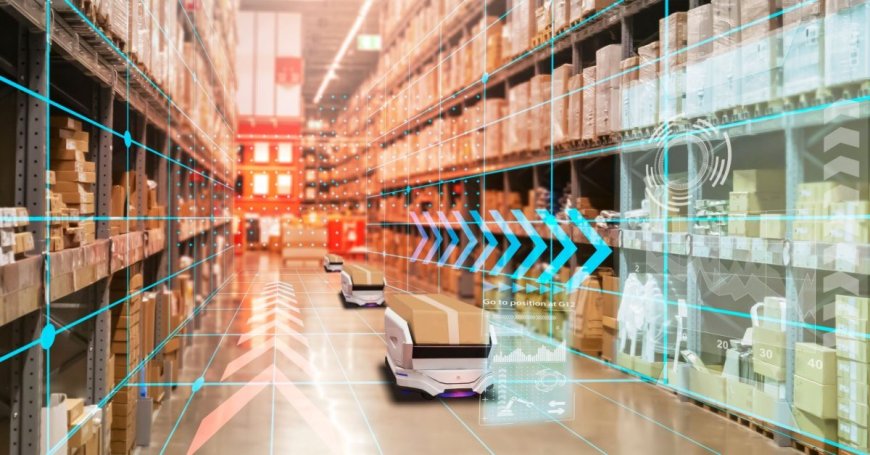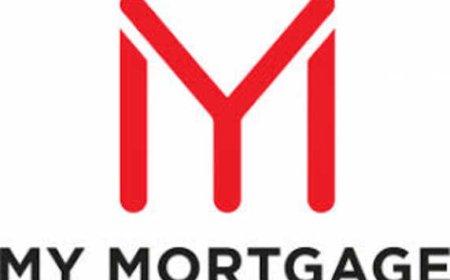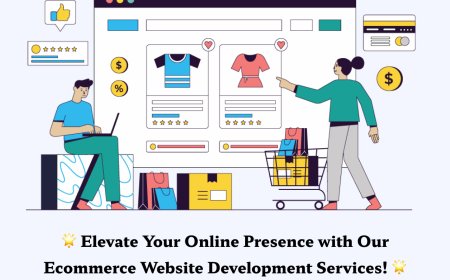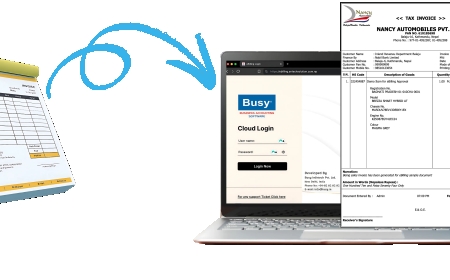E-commerce Growth and the Rising Demand for Flexible Warehousing
Explore how e-commerce growth is driving the need for flexible warehousing solutions to meet evolving consumer demands.

The explosive growth of e-commerce has transformed the way consumers shop and businesses operate. With online sales continuing to surge across industries, companies are being pushed to reevaluate their logistics strategies especially their warehousing capabilities. One of the most critical adaptations has been the shift toward flexible warehousing, a model designed to accommodate fluctuating demand, faster delivery expectations, and leaner inventory management.
The E-commerce Boom: What's Driving It?
Theres no denying that e-commerce has experienced a massive boom in the past decade and especially post-2020. Factors like improved internet penetration, mobile shopping apps, secure payment gateways, and convenience have made online shopping the new norm.
Retail giants arent the only ones benefitting from this trend. Small and medium-sized enterprises (SMEs), independent sellers, and even local businesses are now tapping into digital marketplaces, increasing the volume of shipments and diversifying product lines. This exponential increase in order volumes brings up a critical question where will all this inventory go, and how can it be managed cost-effectively?
Why Traditional Warehousing Isnt Enough
Traditional warehousing models were designed for predictable, bulk inventory management not the dynamic, ever-changing landscape of online commerce. With seasonal peaks, flash sales, and rapid delivery demands, many businesses are finding that rigid warehouse contracts dont support their operational needs.
Thats where flexible warehousing comes into play.
What is Flexible Warehousing?
Flexible warehousing allows companies to scale their storage space based on real-time demand. Rather than locking into long-term leases, businesses can rent space temporarily or in varying capacities across different locations. This agility not only reduces overhead but also brings inventory closer to the end customer, reducing shipping times and costs.
The Role of 3PL Providers in Warehousing Flexibility
Third-party logistics (3PL) providers have become essential in bridging the gap between e-commerce expansion and warehousing demands. Their existing infrastructure, technology, and operational expertise help companies manage warehousing, inventory, order fulfillment, and shipping more efficiently.
If you're a business operating in or around the West Coast, working with a 3PL California partner offers a strategic advantage. With key distribution hubs near major ports and cities, these providers can help businesses reduce last-mile delivery time and access broader markets more effectively.
Benefits of Flexible Warehousing for E-commerce Businesses
Lets break down the key advantages of shifting to a flexible warehousing model:
1. Cost Efficiency
Pay only for the space you use. During off-peak seasons, businesses can reduce storage costs without the burden of unused space. This model is especially helpful for startups and SMEs.
2. Scalability
During peak periods like Black Friday, Christmas, or product launches, businesses can scale up quickly without having to source additional facilities or resources.
3. Faster Delivery
By using distributed warehousing locations, companies can position inventory closer to their customer base, significantly reducing shipping times and costs.
4. Improved Risk Management
Flexible models allow businesses to pivot quickly in case of disruptions, such as supply chain delays, regional lockdowns, or demand fluctuations.
5. Access to Technology
Many 3PL partners offer integrated software for real-time inventory tracking, predictive analytics, and automated order processing streamlining operations from end to end.
How to Choose the Right Flexible Warehousing Partner
When selecting a warehousing partner, consider the following:
-
Geographic reach: Choose a provider with warehouses near your target markets.
-
Tech capabilities: Ensure they offer integration with your e-commerce platforms (like Shopify, Amazon, WooCommerce).
-
Scalability: Can they handle sudden volume spikes?
-
Transparent pricing: Look for partners with flexible pricing models that wont lock you into hidden fees.
Working with a reputed 3PL logistics company ensures that these requirements are not only met but exceeded. They bring industry experience, customizable solutions, and a client-first mindset all crucial for long-term success in the competitive e-commerce space.
Future Outlook: The Rise of Micro-fulfillment Centers
As the demand for same-day or next-day delivery increases, many businesses are turning toward micro-fulfillment centers (MFCs). These are smaller warehouse spaces located within city limits or suburban areas, designed to speed up the order fulfillment process even further. MFCs are expected to play a major role in the future of e-commerce logistics, especially in densely populated urban centers.
Flexible warehousing and MFCs together will redefine how inventory is stored, picked, and delivered making logistics faster, smarter, and more responsive.
Conclusion
E-commerce is no longer a luxury; its a necessity. As consumer expectations rise, businesses must adapt their logistics and storage strategies to remain competitive. Flexible warehousing provides a future-proof solution that aligns with the dynamic nature of online retail.




































